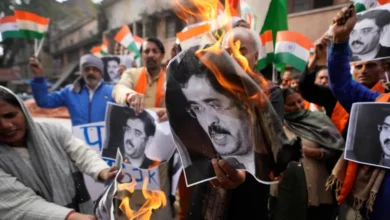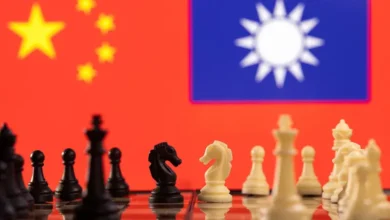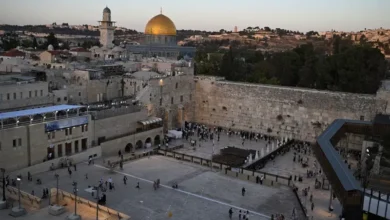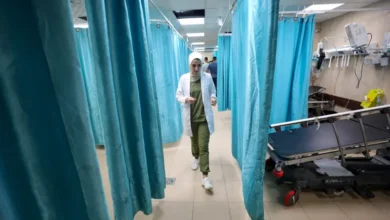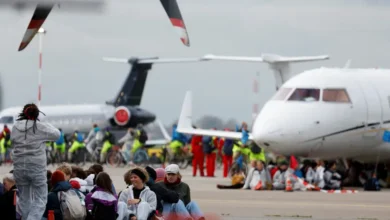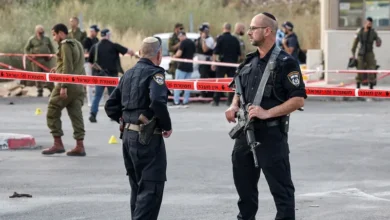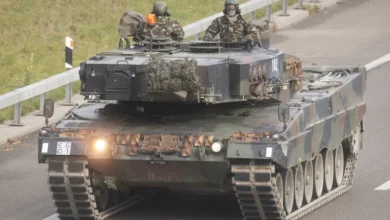Waiting into the night for a miracle rescue in Antakya

“Canlı! Canlı!” has been the most hopeful cry heard in the streets of Antakya since a magnitude 7.8 earthquake sent waves of death and destruction across 10 provinces in southern Turkey as well as parts of Syria a week ago.
Shouts by search and rescue teams to announce they had found someone “alive” send people running from all directions to focus their attention on what at this point of the disaster response seems like a miracle.
Late on Saturday, 18-year-old Fadel from Deir Az Zor, Syria, thought he had heard his uncle Ahmed still crying for help under the rubble of an apartment building in Antakya where he had lived on the eighth floor. Fadel said Ahmed had been calling out that he was trapped under the stairs.
Volunteers alerted search and rescue teams, including Turkey’s Disaster and Emergency Management Authority, the Istanbul Fire Department, and volunteer miners and construction workers.
The team of up to 100 people unfortunately has not yet found Fadel’s uncle. One of them said it could be “psychological”, that people believe they hear the voices of their loved ones because they so badly want to, and that after five days under the rubble, there is little to no chance that people will be found alive.
Crushing disappointment, then hope
But by 7am (04:00 GMT) on Sunday morning, all efforts were focused on trying to retrieve a 16-year-old girl from the basement of the collapsed building next door. Only three of the structure’s five floors could be seen, with the lower two completely crushed.
Miners, construction workers and a fire brigade had spent hours digging and cutting into monstrous chunks of cement and contorted rebar to finally reveal the girl, a Syrian refugee called Reem, who had somehow survived as she lay trapped next to her sister, who had died.
In between the work to cut around Reem and dump rubble from out of the cavity, medics occasionally fed her water through a straw, each time emerging to rejoice and declare how much she had drunk.
One of the volunteers at the site pointed out that a body was lying just beneath our feet, which they found using a machine that checks for thermal heat, sound and vibration, but because that person had died, the priority right now was on the girl who was still alive.
People standing there were suggesting different numbers of how many other people were in the room with Reem – the biggest estimate was four people, one of them being her sister who had been lying next to her.
One miner who travelled from Ankara to volunteer told me he was just eating to be “strong and survive in order to keep on working”.
A 28-year-old firefighter from Istanbul brought me a bottle of water and a packet of biscuits after finding out I hadn’t eaten all day and had run out of water.
He told me he was one of 600 personnel who had been flown into Adana immediately after the earthquake and put on a bus straight to Antakya to help with the rescues. For the first two days, they slept out in the open – until tents were sent down from Istanbul – and worked with barely any tools or machinery.
Anxious families, rising tensions
As it grew dark, neon lights were brought out as work continued to free Reem’s leg. It became so cold that some firefighters went to sit near an open fire to warm up and drink tea. Yet Reem had survived in these conditions for what now added up to seven nights.
At around 9pm, seven police officers were called in by the army due to tensions with the extended family standing around the rescue operation, anxious to retrieve those still buried under the rubble.
I had been told that Antakya was no longer a safe place to be at night. Violence often erupts in the pitch-black streets. Opportunists have started stealing valuables. There is no shelter besides sleeping in an unsecured tent or car, and going to the toilet by yourself as a woman is an extra risk in itself.
I finally, reluctantly, had to leave the rescue site after the police had been deployed, considering I had no car of my own to sleep in and my only way back to Adana late at night was by bus.
Sad and disappointed that I was forced to leave without seeing Reem rescued, I passed my number to a firefighter and one of the soldiers, knowing they would film the moment. The workers had been ready with their phones multiple times over the afternoon whenever they thought she was going to be pulled out.
Most of Antakya is now a ghost town after the majority of its residents who survived fled to other cities or farmhouses they have nearby. Those who are still waiting for missing loved ones can be seen sitting in front of destroyed houses with only a fire to keep them warm. I saw soldiers earlier in the day collecting scrap wood from destroyed buildings.
Some of the colourful apartment buildings with balconies where families gathered on warm days are still standing, but they are tilted, shattered and cracked with washing still hanging on clotheslines, lounges and bedrooms exposed to the street.
‘Canlı! Canlı!’
As I turned a corner, I heard again the cries of “Canlı! Canlı!” and the screech of an ambulance pulling up.
Rushing over to a crumbled apartment block where an excavator was at work, a mother, father and sister stood at the edge of the rubble, faces filled with anguish and hope, wondering if it was really true that their daughter and sister could be alive.
